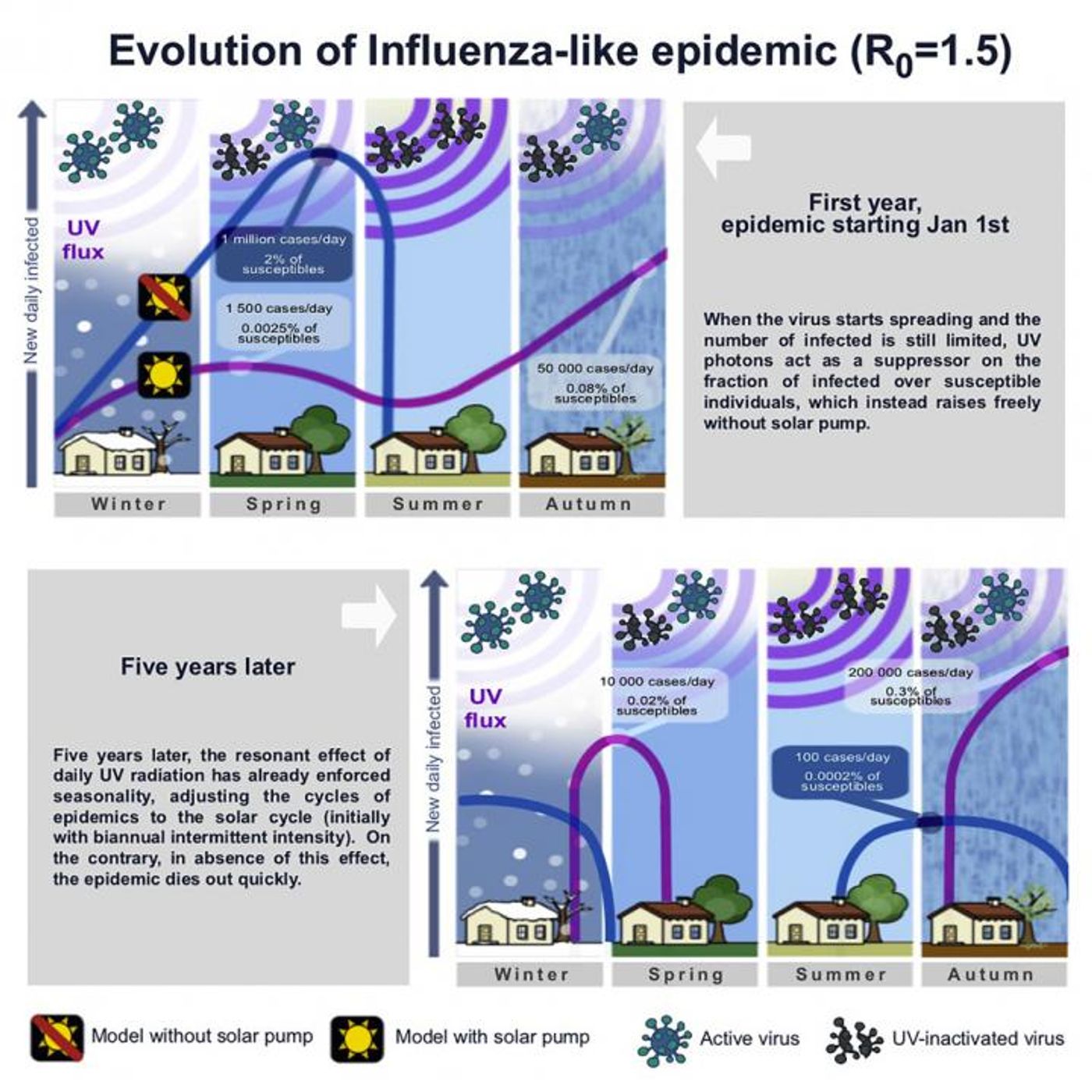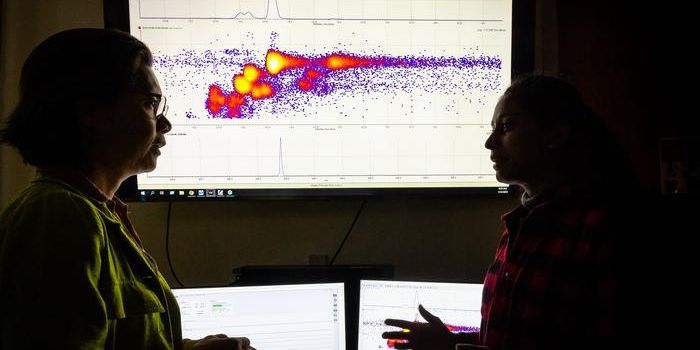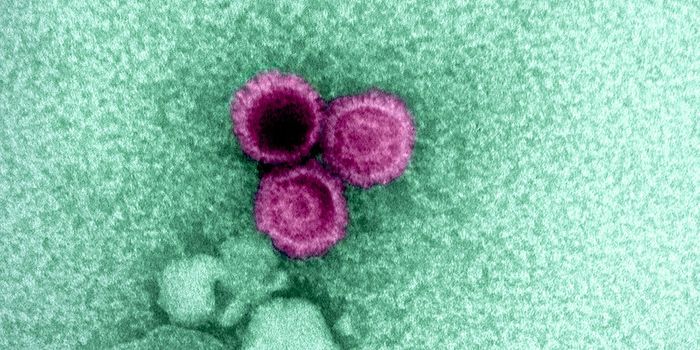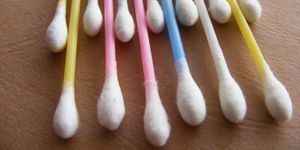Seasonal Illness - Is the Sun Involved?
There is a cold and flu season, and many researchers have tried to explain why the viruses that cause these illnesses tend to infect so many people during the fall and winter months and not so many people during other times of the year. A variety of explanations have been proposed for this phenomenon since we know that cold and flu viruses can survive year-round.
For one thing, people like to spend more time indoors during colder months, which might be influencing the spread of illness in several ways. Some have found evidence that the pathogens that cause these illnesses are better at surviving and spreading in dry air, such as the air that is produced when we heat our homes. Studies have found that humidifiers, for example, can help reduce the transmission of the flu. When people are inside, they also hang out in close proximity with one another, which can promote the spread of illness from an infected person to others. Staying indoors may also reduce vitamin D levels, leading to a greater likelihood of infection.
Other work has indicated that colder months impact our immune systems. Researchers have demonstrated that in cool air, cells in the nose are not as good at mounting an effective immune response as they are in air that is closer to body temperature.
Now scientists have suggested that the sun has a role. Reporting in iScience, researchers found that the prevalence of epidemics is strongly linked to how much solar radiation a particular location is exposed to at a given time.
"Why do many viral respiratory epidemics, such as influenza, develop cyclically during autumn and winter only in the temperate regions of the globe's northern and southern hemispheres, while they seem to be present at all times - albeit with lower prevalence compared to the seasonal cycles in the temperate regions - in the equatorial belt? And what triggers and determines such seasonality? In our work, we propose that what causes the seasonality of airborne-transmitted epidemics is exactly the same mechanism that causes seasons on our planet: the amount of daily solar irradiation on the Earth," said the principal study author Fabrizio Nicastro of Istituto Nazionale di Astrofisica.
Ultraviolet light is known to destroy a variety of microbes, including viral and bacterial pathogens, though the efficacy varies with the type of germ. On Earth, that disinfection would be connected to the strength of the sun's rays, which are weaker during the winter and stronger during the summer.
More studies will be needed to conclusively show what drives the seasonality of various pathogens, and it may be a combination of many factors.
Sources: AAAS/Eurekalert! via Istituto Nazionale di Astrofisica, iScience










